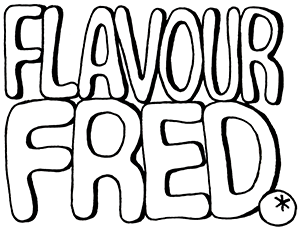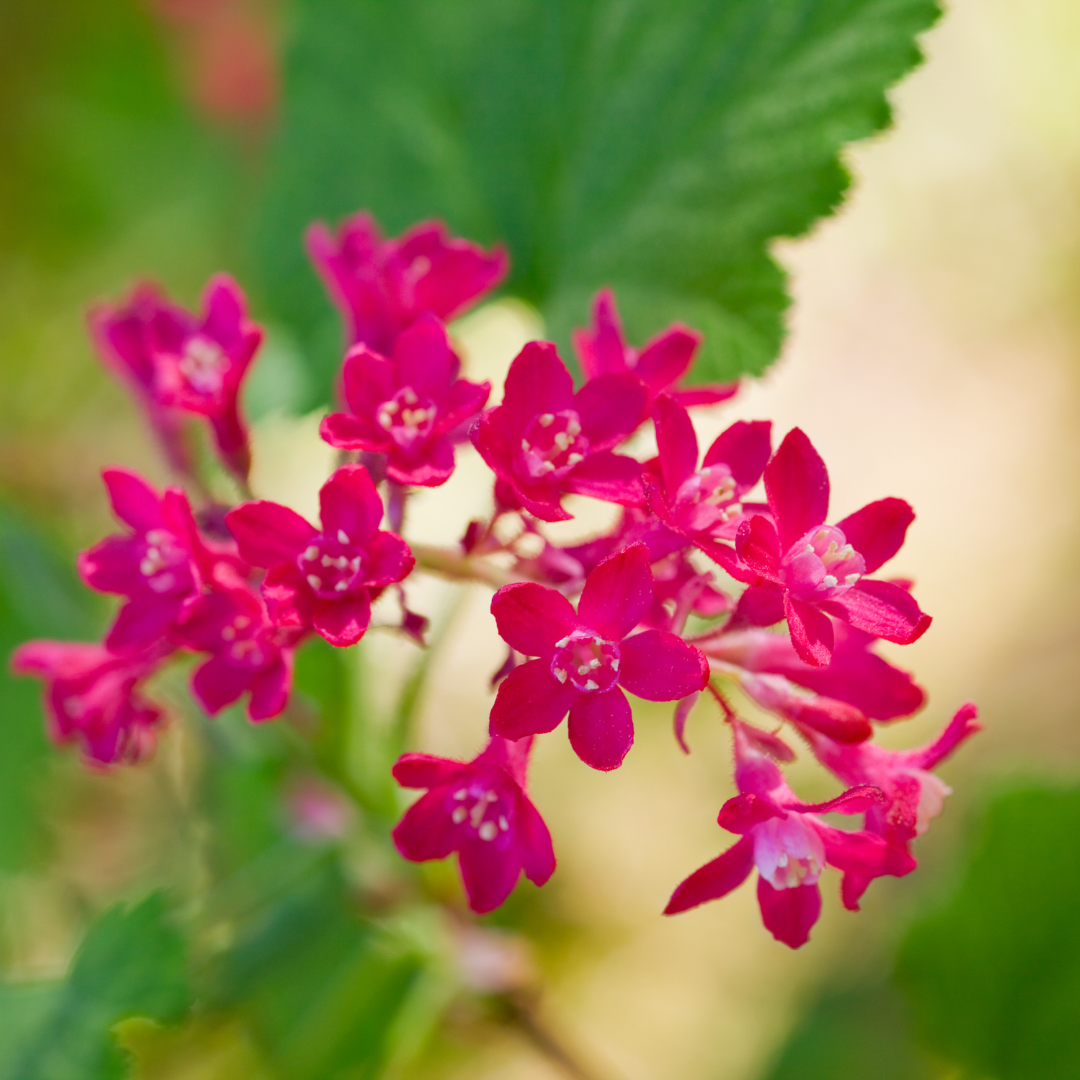”In this post I finally figured out why I have not used this plant before and how to process it properly
GeorgeFlavour Fred
The flowering currant has always struck me as smelling a bit like cat wee. Well it turns out there is a wonderful flavour I've ignored .... had my head buried in the sand on this one.
I made a shrub in this video which is a vinegared syrup. You can also make a drinking vinegar but I’ll do that with fruit rather than flowers later this year.
Using the flowers of flowering currant (Ribes sanguineum) which sits in the genus (approx 200) of gooseberries & currants and is native to north-west America. I have issues with this family as you’ll find the blackcurrant leaves can smell like cat urine and I was asked to pick a lot of these growing up. For that reason this floral aroma from the flowering currant has a similar aroma and has been enough of a reason to not use it. Until now!
These currants share a thiol-containing compounds shared with cat urine. The. Ingest hitter is 4-thio-4-methylpentan-2-one, known as the “cat ketone”. It also raises its odour if elderflowers break down a bit too. So there you go and I’ve finally managed to avoid it.
I gathered the flowering currant flowers (about 2 handfuls) from an abundant shrub being respectful of course and left them in 500ml of white wine vinegar for 3 days. On the third day I collected the same amount from another spot and made a 50/50 sugar syrup (500ml water/500g sugar). Once boiling I mixed the vinegar infusion and sugar syrup together. To balance and add complexity I boiled rhubarb in the solution and strained once more.
All drinks with it have been Incredible! And I made a dressing for blackened beetroot also which I served at an event for @wearepop
Very happy to make this work and I take back all the bad words I’ve ever said about this as an ingredient.



 Flowering Currant & Rhubarb Shrub
Flowering Currant & Rhubarb Shrub Oak Mazegill
Oak Mazegill
